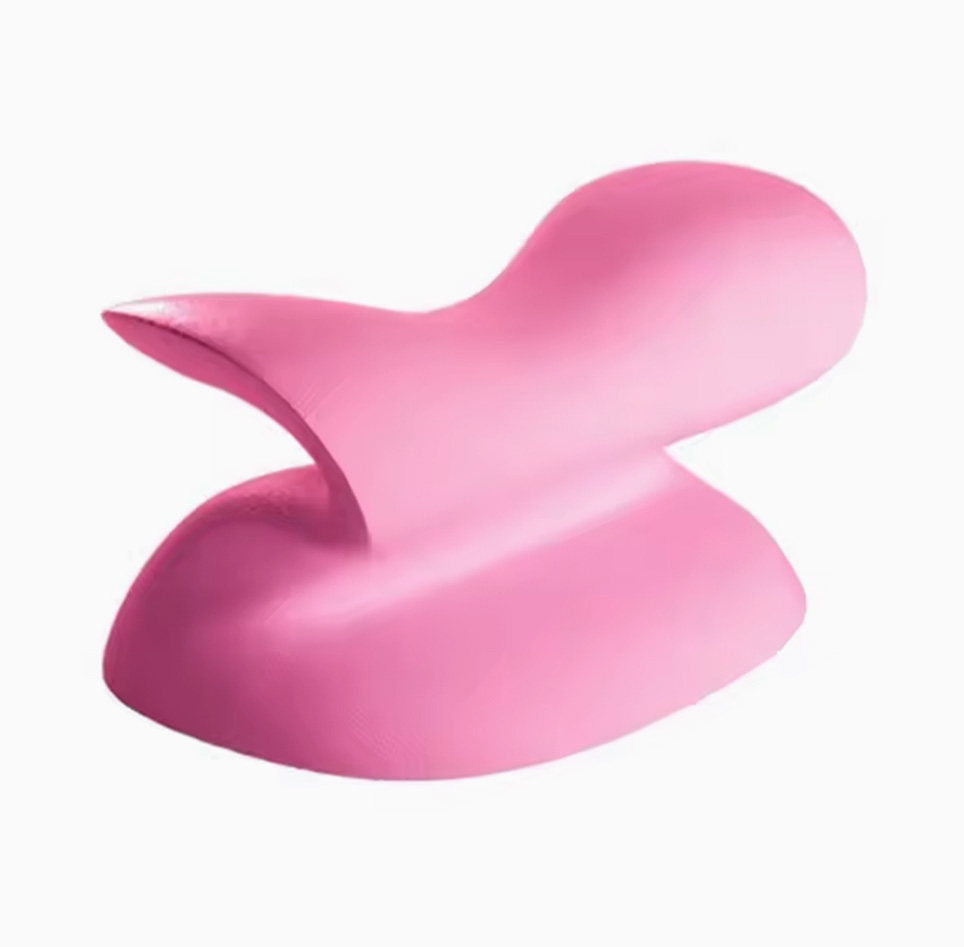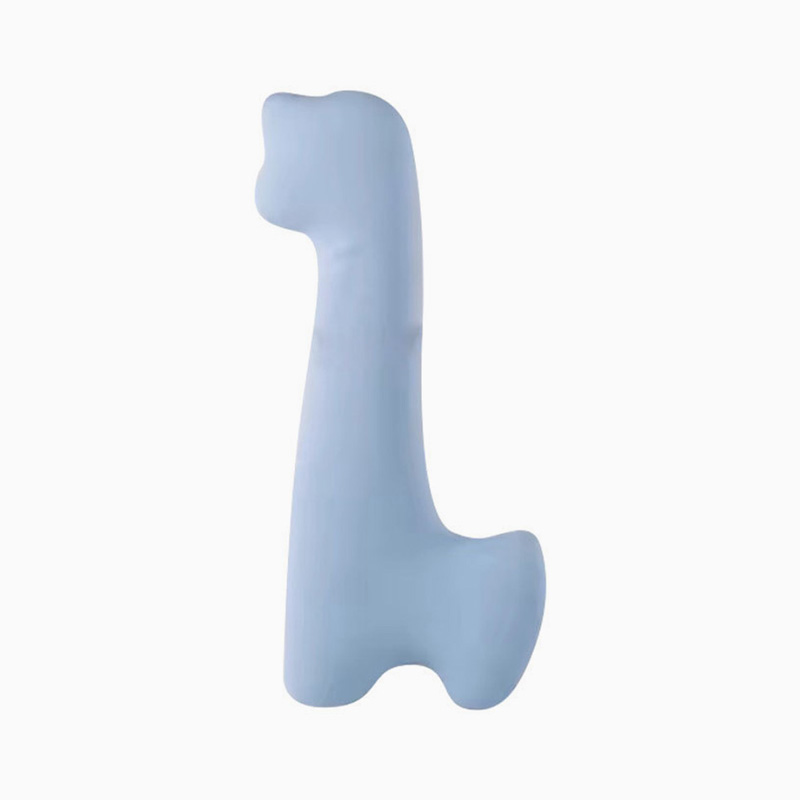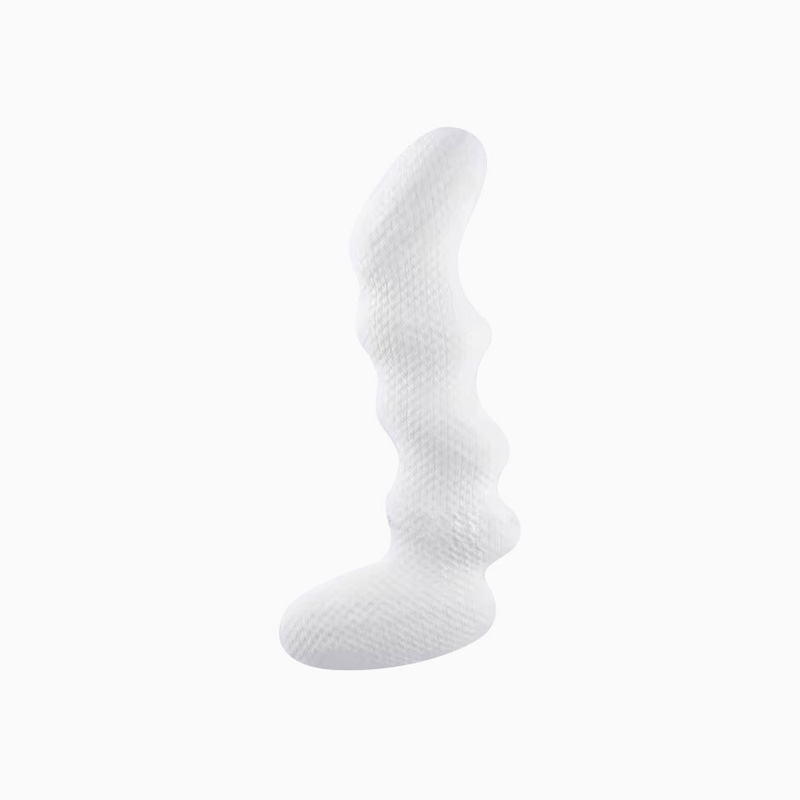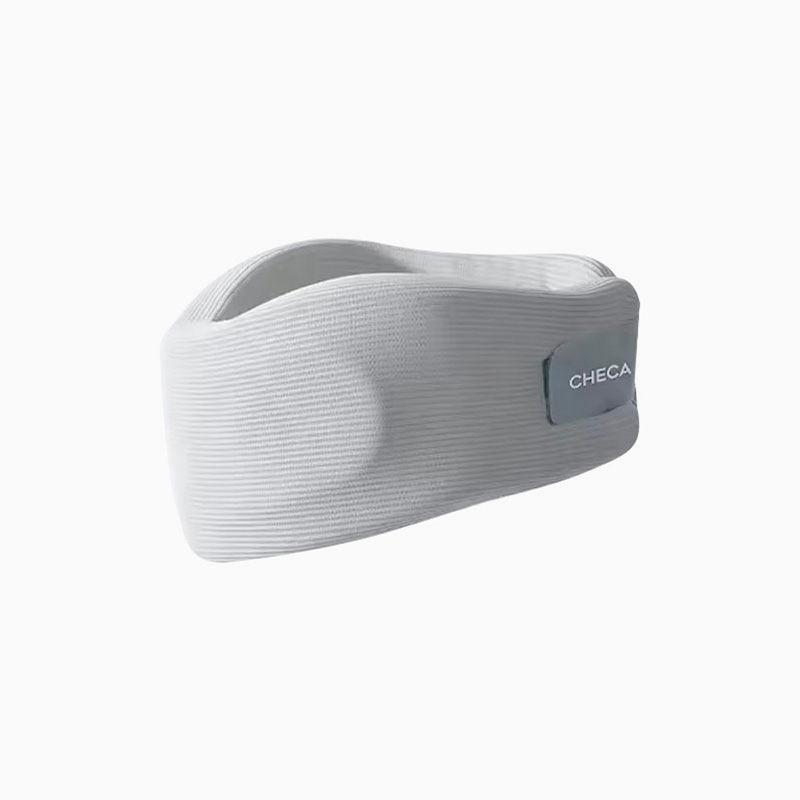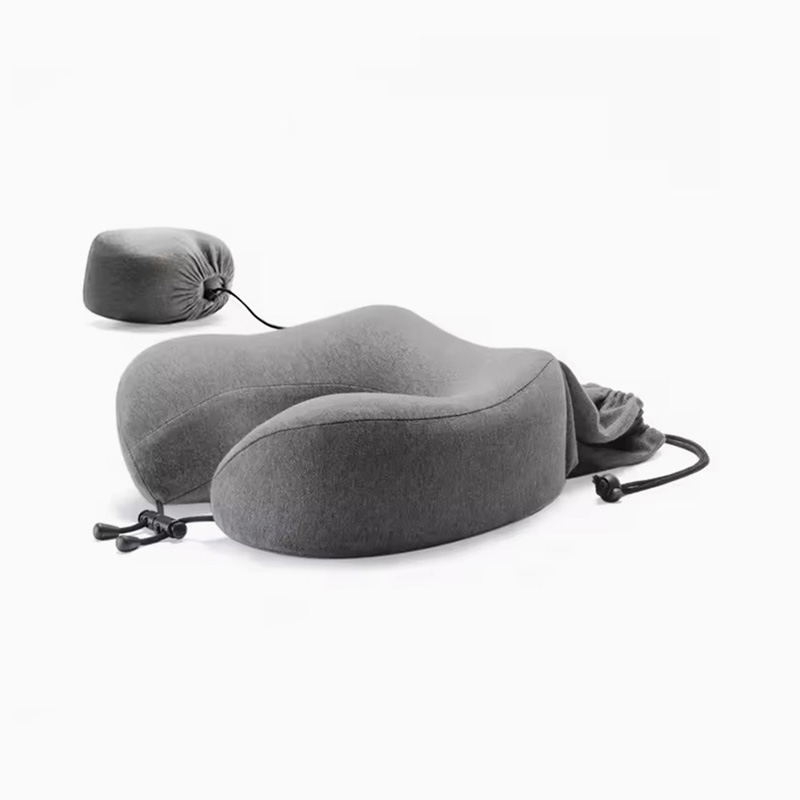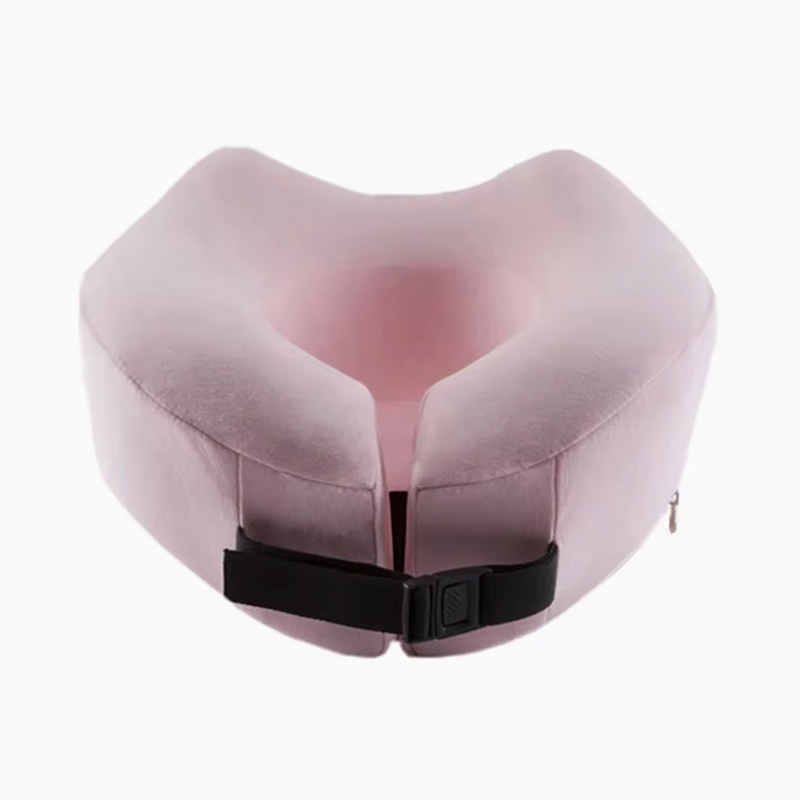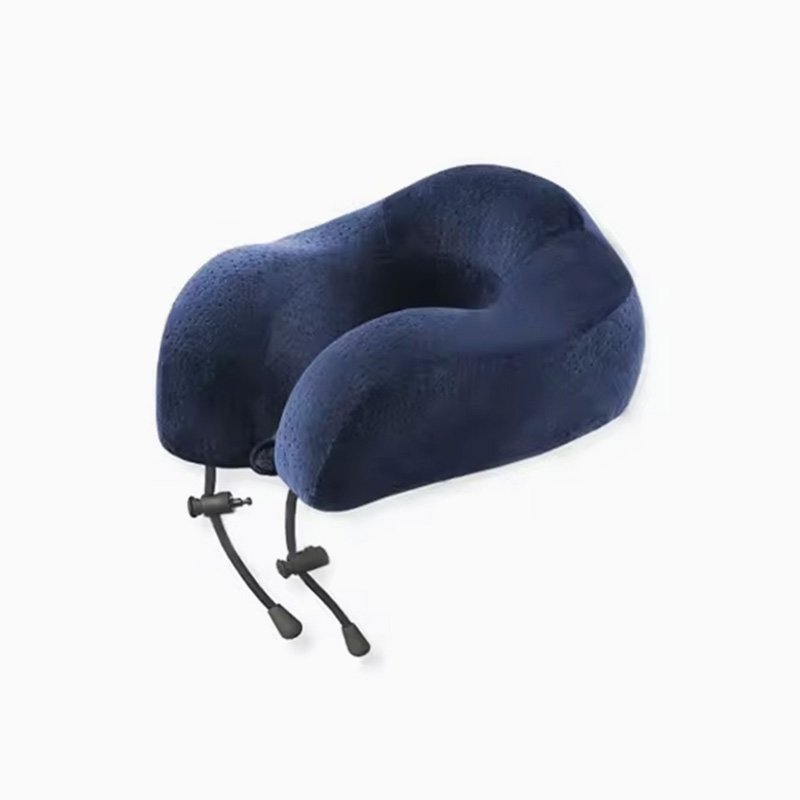How to solve the problem of heat accumulation in memory foam lumbar cushion
The memory foam lumbar cushion is mainly composed of slow-rebound polyurethane material, which has good plasticity and pressure dispersion ability, and can accurately fit the lumbar curve according to the weight and temperature of the human body. However, due to its internal molecular structure of closed-cell foam, it has poor natural ventilation, and heat and water vapor are difficult to release quickly, which is easy to cause heat accumulation during use. This local heat sensation and humid environment will lead to a decline in user experience, skin discomfort, and even material deterioration, becoming a key obstacle affecting the performance of memory foam products.
Optimization design of ventilation hole structure
By introducing a physical perforated structure inside the memory foam, the air convection efficiency can be significantly improved. Common methods include laser perforation, mechanical molding and CNC opening technology to form through-type air holes or honeycomb air guide channels. The ventilation holes provide internal heat exchange channels for the product without destroying the overall support structure of the memory foam, thereby increasing the local air circulation speed. The perforation diameter and density need to be precisely designed according to the product size and the target support area, so as to maintain sufficient support and achieve effective heat dissipation.
Cooling gel material composite technology
Combining cooling gel with memory foam is a thermal regulation technology widely used in mattresses, cushions and lumbar cushions. Cooling gel can achieve phase change cooling by absorbing human body heat, helping to reduce the surface temperature of the use part. Common forms include gel injection, gel particle filling, gel thin layer coating, etc. This technology can significantly relieve the heat sensation in the first 15 to 30 minutes, but its continuous cooling effect is limited. It usually needs to be used in combination with breathable structure or heat dissipation fabric to achieve long-term cooling.
Multi-layer composite structure thermal management design
The "sandwich" multi-layer structure can take into account support, breathability and comfort. Common configurations are: the inner layer of high-density memory foam provides core support, the middle layer is a breathable insulation layer (such as EVA foam, elastic mesh, 3D three-dimensional material), and the outer layer is covered with high air conductivity fabric. The middle insulation layer can block the conduction of heat inward, while accelerating air flow and moisture evaporation. The three-layer structure can not only effectively reduce heat accumulation, but also improve the adaptability of the product in different seasons.
Use functional breathable fabrics
Choosing high-performance fabrics is an important part of solving the problem of heat sensation. Ordinary polyester or nylon fabrics are prone to thermal closure due to their poor air permeability. Recommended functional fabrics include 3D breathable mesh fabrics, bamboo charcoal fiber, ice silk fabrics, Coolmax moisture absorption and perspiration fiber, etc. This type of fabric has excellent air permeability and sweat evaporation rate, and has antibacterial and anti-mite properties, which can effectively improve the freshness and hygiene level of the contact surface. High-end products even use double-layer weaving technology to improve structural stability and durability.
Memory foam open cell technology
In terms of material formulation, by adjusting the foaming parameters to create an open cell structure, the air permeability of the foam can be fundamentally improved. The open cell structure connects the cells to each other to form a natural ventilation path, and heat and moisture can smoothly penetrate the foam body, thereby reducing the heat accumulation effect. This technology is commonly found in high-end slow rebound materials and is achieved by controlling the foaming agent, emulsifier and cross-linking reaction conditions. Compared with traditional closed-cell memory foam, open-cell foam significantly enhances air exchange while maintaining resilience and support.

 English
English عربى
عربى previous post
previous post



